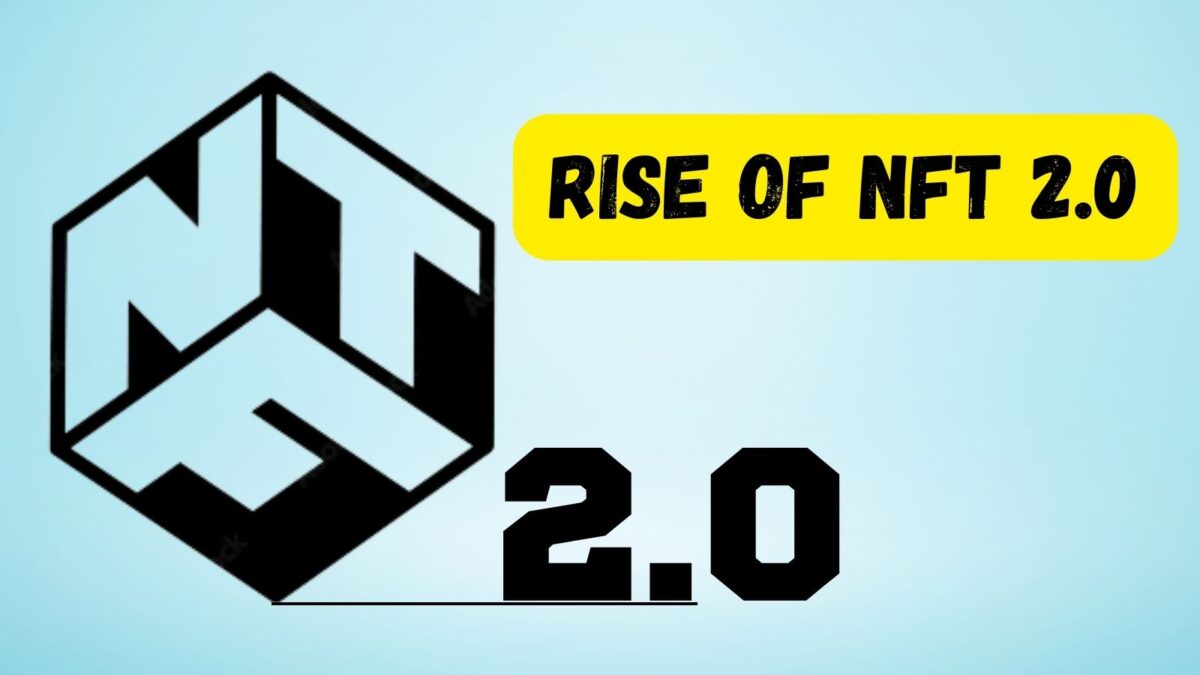NFTs burst into the crypto space in a short time, with sales for 2021 hitting $25 billion. With projections seeing that figure growing to $147 billion by 2026, the NFT sector has its share of die-hard fans, and NFTs have evolved since their inception. NFT 2.0 is an upgraded iteration of NFT 1.0, which brings new updates and more utility into the existing NFT infrastructure.
Seek the best NFT marketplace development services from our experts who have more than half a decade of experience.
Let’s explore some of the unique factors and attributes driving the NFT 2.0 iteration and how it’s changing the landscape of the NFT market.
NFT 1.0 – Digital Asset Ownership And The Creator’s Economy
The first iteration of NFTs refers to blockchain assets with unique identification metadata, making them different from fungible blockchain assets such as Ethereum or Bitcoin.
While the NFT 1.0 phase was instrumental in establishing digital asset ownership and the creator’s economy on the blockchain, the speculative nature of the early NFT marketplace reinforced the notion that NFTs were solely meant for monetizing tokenized assets.
Furthermore, the unscrupulous use an investor’s excitement to entice them to invest in an NFT collection before doing their homework, resulting in rug pulls and other scams.
The Risks And Rewards Of NFT Investing
While investing in NFTs can lead to significant profits, identifying successful projects requires considerable expertise as it’s difficult to predict which collections will capture public interest and increase in value. Nevertheless, the prospect of discovering a lucrative NFT makes new projects alluring and thrilling.
However, the fear of missing out and greed can cause legitimate NFT prices to skyrocket. Despite the criticism, NFTs have gained widespread attention from individual investors, prominent brands, and famous personalities.
Half-Baked Strategies: Why Some NFT Projects Fail
One of the problems in the NFT 10 phase was companies and creators blindly jumping into NFTs, with projects that rushed in with half-baked strategies quickly leading to abandoned projects and investors holding empty bags.
NFT 1.0: Challenges And Complexities
While NFTs have received a lot of attention, some argue that NFT 1.0 is not yet ready for widespread adoption. This is partly because the complex onboarding process makes it challenging for the mainstream to engage with NFTs.
For individuals who are not tech-savvy, participating in the NFT market can be challenging, and many brands may require expert assistance to navigate the landscape and manage their NFT strategies in-house.
NFT 2.0 – The Evolution Of NFTs
NFT 2.0 is an upgraded iteration of NFT 1.0, which brings new updates and more utility into the existing NFT infrastructure. With NFTs progressing from the early pixelated images to high-fidelity 3D animations and complex P2E game mechanics, the possibilities of NFT 2.0 are endless.
NFT 2.0 is likely to change perceptions about NFTs’ utility beyond minting JPEGs and selling them for exorbitant auction prices. This new iteration is likely to create new use cases and will help bring NFTs into the mainstream.
Wrapping Up
Despite some of the negative attention, NFTs have attracted lavish attention from retail investors, big brands, and celebrities, and they continue to be an exciting and enticing investment opportunity for those with the skill to pick winners.
Are you planning to develop an NFT marketplace? Here we are. Connect with the leading NFT marketplace development company that assists you with customizable and affordable services.


